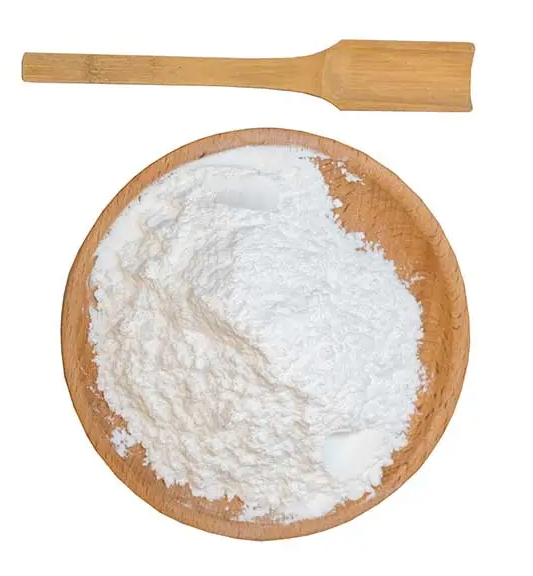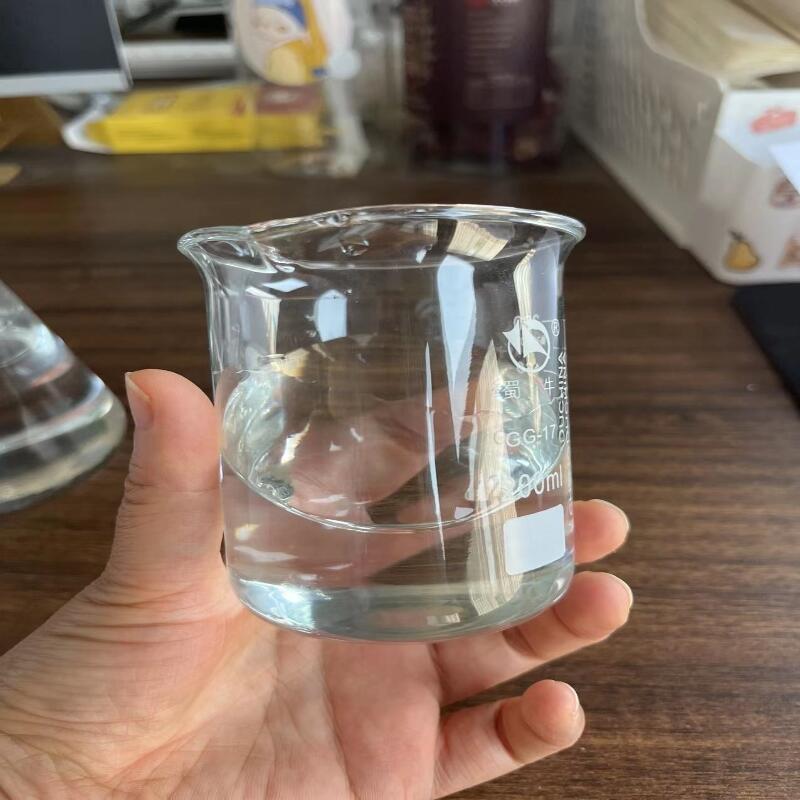-
Categories
-
Pharmaceutical Intermediates
-
Active Pharmaceutical Ingredients
-
Food Additives
- Industrial Coatings
- Agrochemicals
- Dyes and Pigments
- Surfactant
- Flavors and Fragrances
- Chemical Reagents
- Catalyst and Auxiliary
- Natural Products
- Inorganic Chemistry
-
Organic Chemistry
-
Biochemical Engineering
- Analytical Chemistry
-
Cosmetic Ingredient
- Water Treatment Chemical
-
Pharmaceutical Intermediates
Promotion
ECHEMI Mall
Wholesale
Weekly Price
Exhibition
News
-
Trade Service
Chloroplast genetic engineering offers a number of unique advantages, including high-level transgene expression, multigene engineering in a single transformation event, transgene containment via maternal inheritance, lack of gene silencing, position and pleiotropic effects and undesirable foreign
DNA
. More than 40 transgenes have been stably integrated and expressed via the tobacco chloroplast genome to confer desired agronomic traits or express high levels of vaccine antigens and biopharmaceuticals. Despite such significant progress, this technology has not been extended to other important plant species. For example,
Arabidopsis
may be an ideal model system for chloroplast functional genomics. The employment of chloroplast transformation technology in
Arabidopsis
has been hampered by the lack of an efficient and reproducible protocol that provides fertile chloroplast transgenic plants. Transformation of the
Arabidopsis
chloroplast genome was achieved via organogenesis but the efficiency was at least a 100-fold lower than in tobacco and had the drawback of polyploidy in the leaf tissue that resulted in sterile transgenic plants. This problem can be overcome by adapting procedures that are now available to regenerate plants from both diploid and tetraploid explants via callus. In addition, it is feasible to regenerate
Arabidopsis
via somatic embryogenesis. Recent breakthroughs in highly efficient plastid transformation of recalcitrant crops such as cotton and soybean have opened the possibility of engineering
Arabidopsis
plastid genome via somatic embryogenesis. Therefore, protocols of recent improvements in tissue culture, DNA delivery, and the novel vector designs are provided here in order to achieve highly efficient plastid transformation in Arabidopsis.






